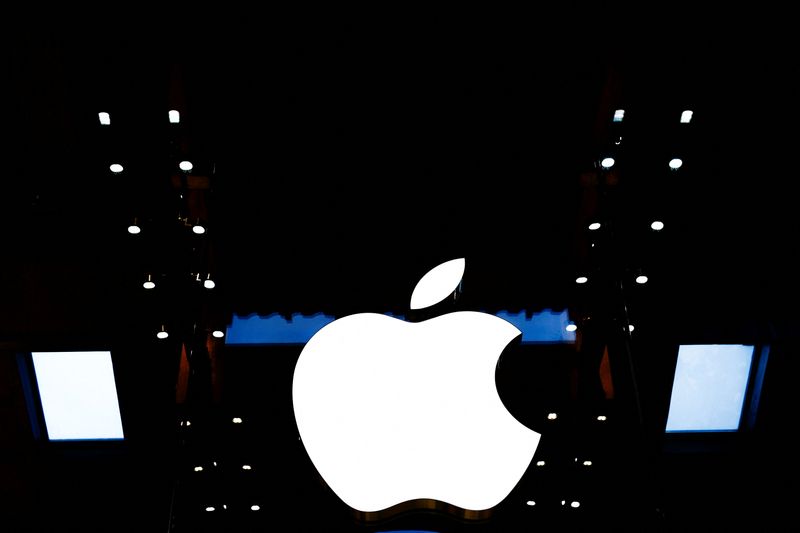Apple has recently published a research paper that reveals its decision to use chips designed by Google rather than Nvidia to build its new artificial intelligence software infrastructure. This decision is significant because Nvidia is currently the leading producer of AI processors, commanding around 80% of the market. Apple did not explicitly state that it does not use any Nvidia chips, but the description of its AI tools and features in the research paper did not mention Nvidia hardware.
According to the research paper, Apple used Google’s tensor processing units (TPUs) to train its AI models. For the AI model that will operate on iPhones and other devices, Apple used 2,048 TPUv5p chips, and for its server AI model, Apple deployed 8,192 TPUv4 processors. Nvidia focuses on graphics processing units (GPUs) rather than designing TPUs. Google sells access to the TPUs through its Google Cloud Platform, requiring customers to build software through Google’s platform to access the chips.
Apple is rolling out portions of its Apple Intelligence to beta users this week, and the company’s engineers mentioned in the research paper that it would be possible to create even larger and more sophisticated models using Google’s chips. Apple unveiled new AI features at its developer conference in June, including integrating OpenAI’s ChatGPT technology into its software. Reuters reported Apple’s use of TPU chips in June, but the full extent of its reliance on Google hardware was not disclosed until the recent research paper.
Despite the use of Google’s chips in Apple’s AI infrastructure, the company did not mention Nvidia hardware in its research paper. Nvidia does not design TPUs like Google but focuses on GPUs for AI efforts. Google did not comment on Apple’s use of its TPUs, and Nvidia declined to comment on the matter. Apple’s decision to use Google’s chips rather than Nvidia’s for its AI tools and features could have implications for the AI processor market and competition among chip manufacturers in the future.


